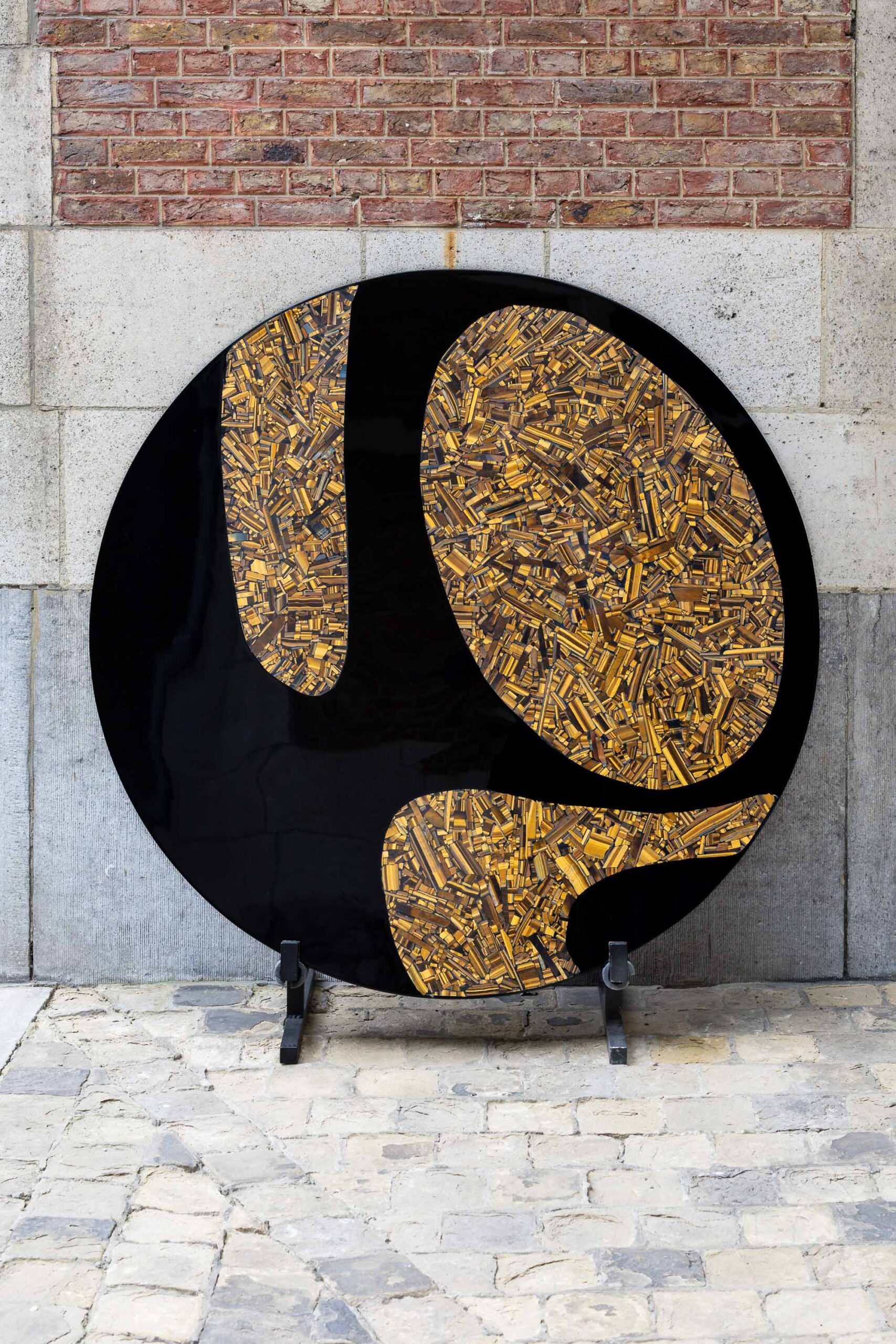A table top made of black peppercorns, whoever has seen it will not forget the name of the Belgian designer Ado Chale. His furniture has decorated the finest interiors of castles and living rooms in Europe since the 1970s. Interest in the designer’s work increased in the 2020s at the peak of the trend – to use all the epithets – of handmade, artisanal, craft work. There seems to be no material unrelated to the craft of cabinetmaking that Chale doesn’t use to create his unique tables. From his travels in France, Germany, India, Afghanistan, Pakistan, Persia and Madagascar, the ‘lover of geology’, as the critic Hugues Veenn described him, brought with him a treasure trove of minerals that became the driving force behind his creative genius. Quartz, chalcedony, lapis lazuli, jade, turquoise, which sublimate his famous tables and transform them into ‘mineral gardens’. He has also added cast bronze and cast aluminium, which are always polished and smoothed in the workshop until they show the scars and imperfections that make them special. The materials he uses are so fragile and rare that they seem grateful for the lacquer that coats them. What else to remember about Ado Chalet’s creations is the three-part legs of his ‘tripod’ tables, giving them a more stable and elegant look.
What is pleasing to the Belgian eye – in the designer’s works we can guess references to the works of Belgian ‘artists’ – Magritte, Folon, Felix Roulin. In the 1960s, Ado Chale actively collaborated with André Jacqmain (1921-2014), a representative of functionalist and brutalist architecture, who elegantly summarised his colleague’s qualities: ‘his successes are the fruit of an inventive spirit and rigorous craftsmanship. The Chale table is an irrational universe whose forces are created by sensitivity. Thanks to the sensual organisation of the material we look at and touch, Chale distracts us from talking.’
In 2007, the designer linked himself to the architecture of another Belgian master, Victor Horta, when he took over the stables of the Solvay Hotel, located opposite his studio on Lens Street in Ixelles. A lover of stone, surrounded by many of Horta’s creations, he rediscovered a spirit close to the architect, created by the combination of ‘poor’ and ‘rich’ materials, different textures and forms. In these interiors, with a jockey’s spirit, the children and followers of Ado Chale, Ilona Chale and Pierre Barbion-Chale presented a retrospective exhibition paying tribute to their father’s talent in the autumn of 2024. Daughter Ilona has inherited a love of stones and creates wonderful jewellery. About her father, she says movingly, ‘Preferring solitude to schools, he created his follies and wonders by exploring his own terrain, “raking nature” . His joyful discoveries flowed like a spring from cliffs or beaches.’
In addition to rare antique and historic tables, the exhibition features never-before-seen items created especially for the occasion by Pierre Chalet with meticulous adherence to his father’s original drawings. The biker and macho son of his father has settled down and continued his father’s work by working on new technologies at the Ado Chale atelier. Which is still in operation, despite the 96 years old age and illness of its founder.
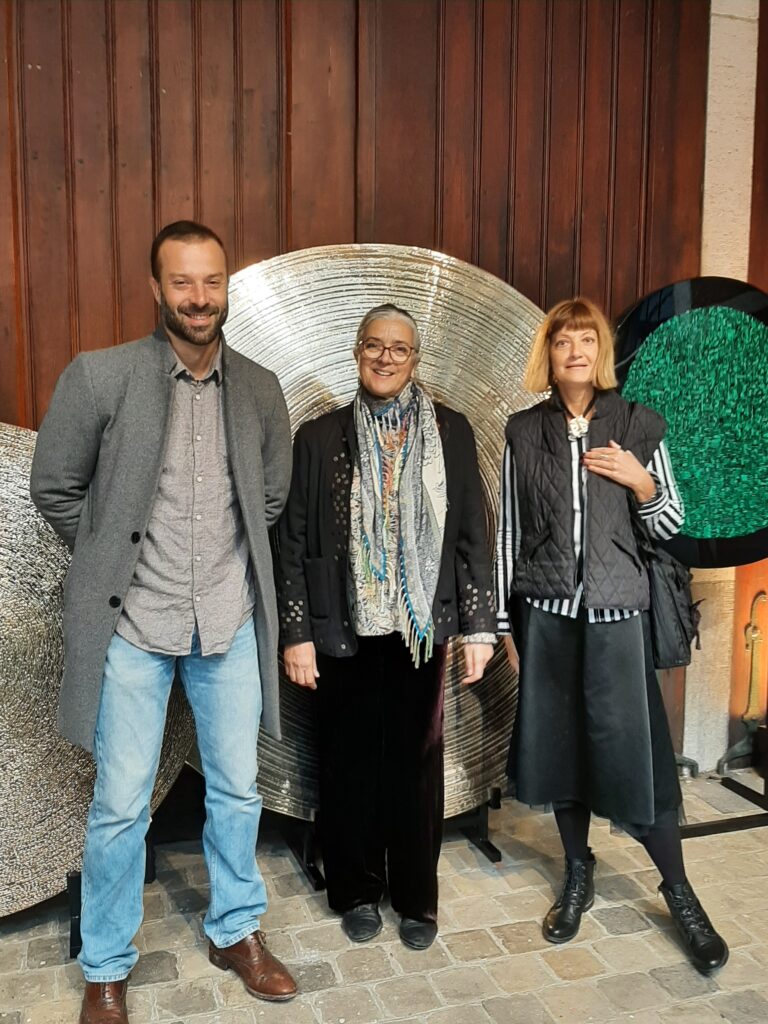
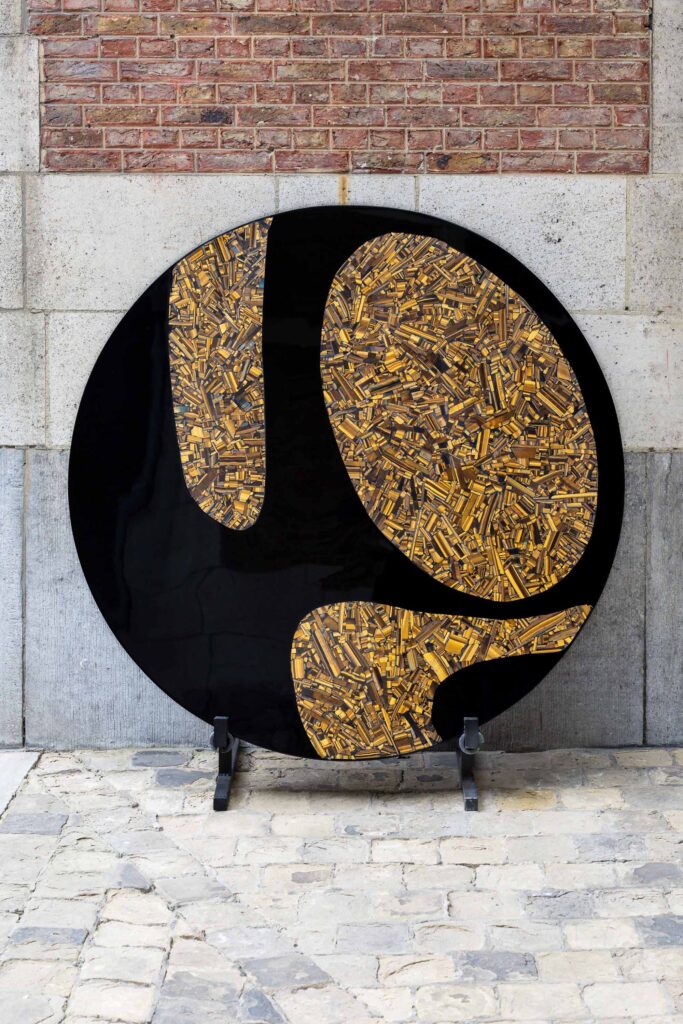
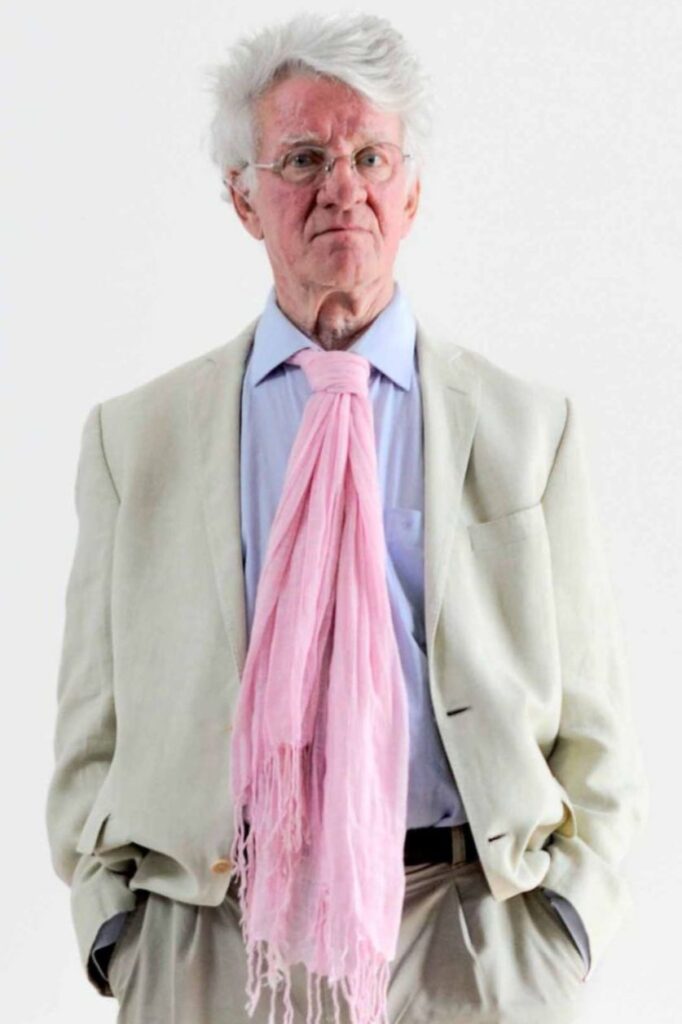
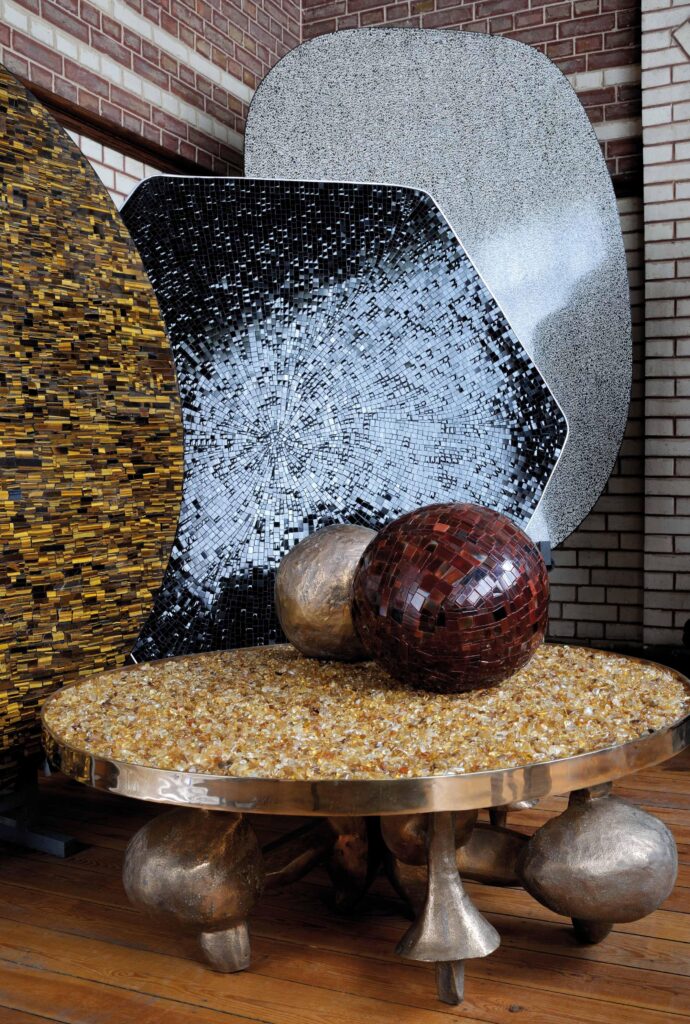
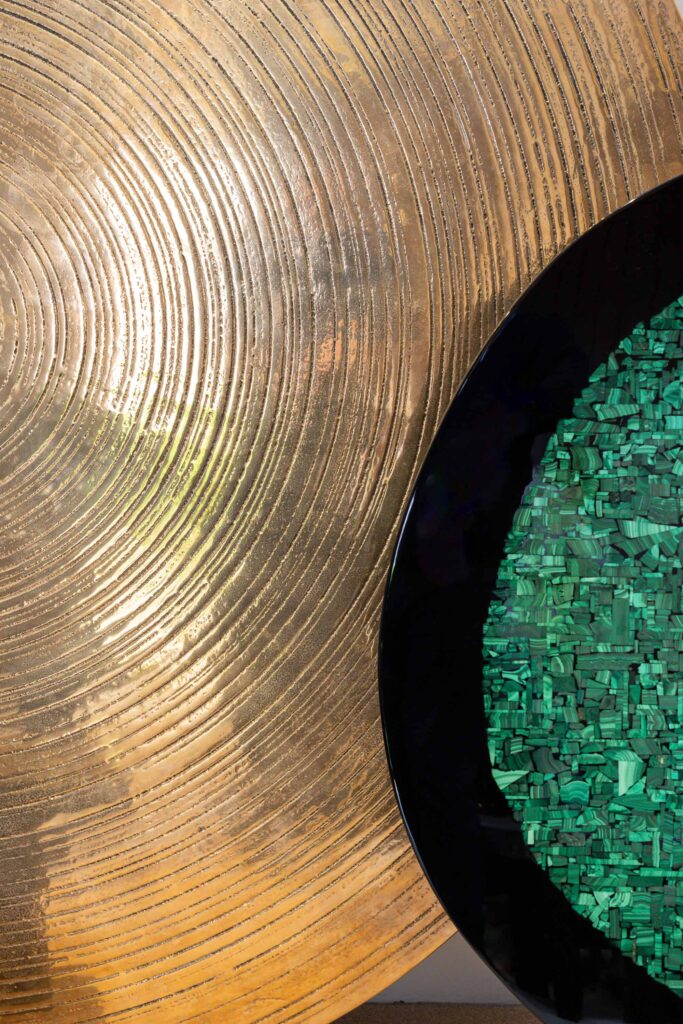
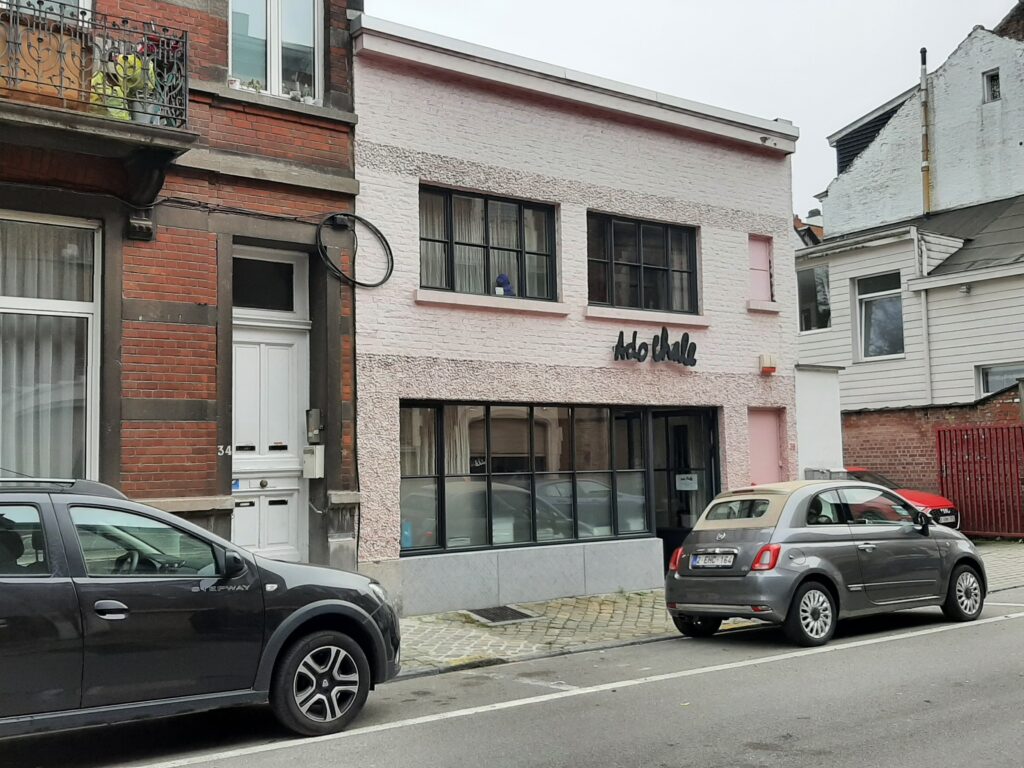
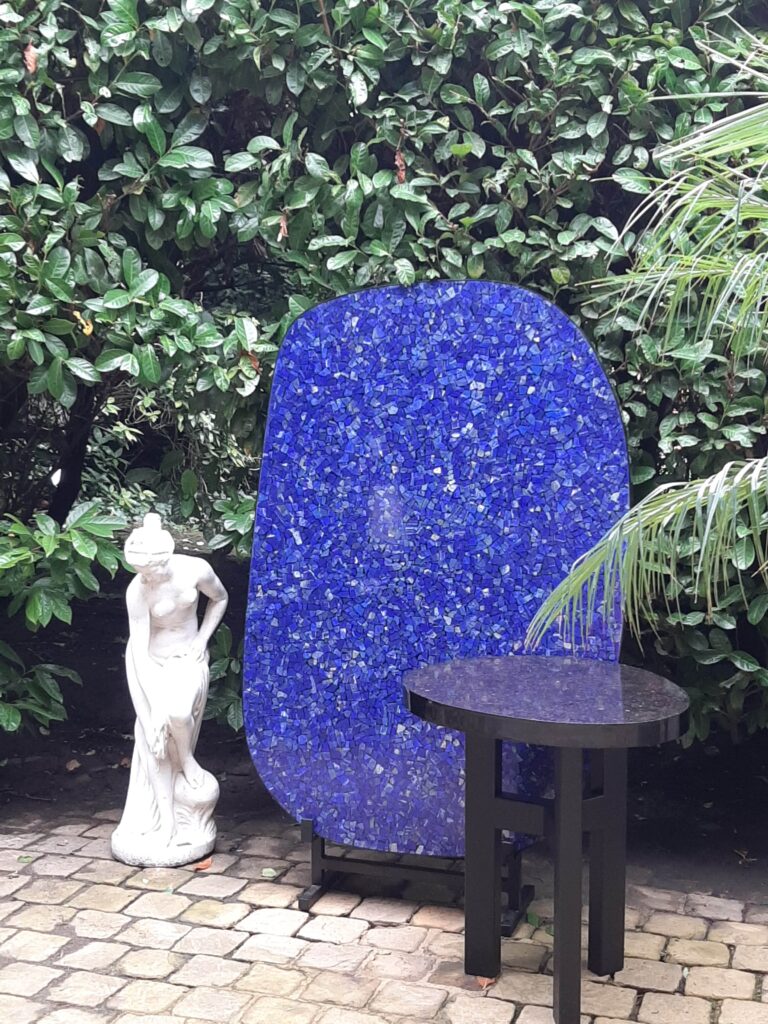
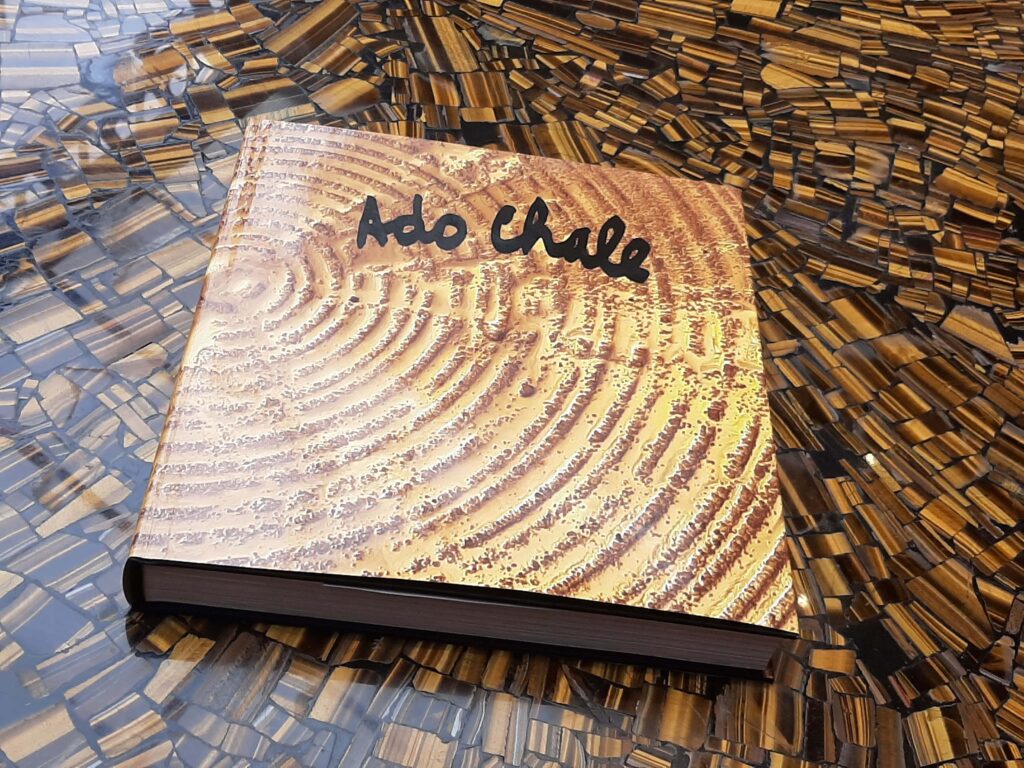
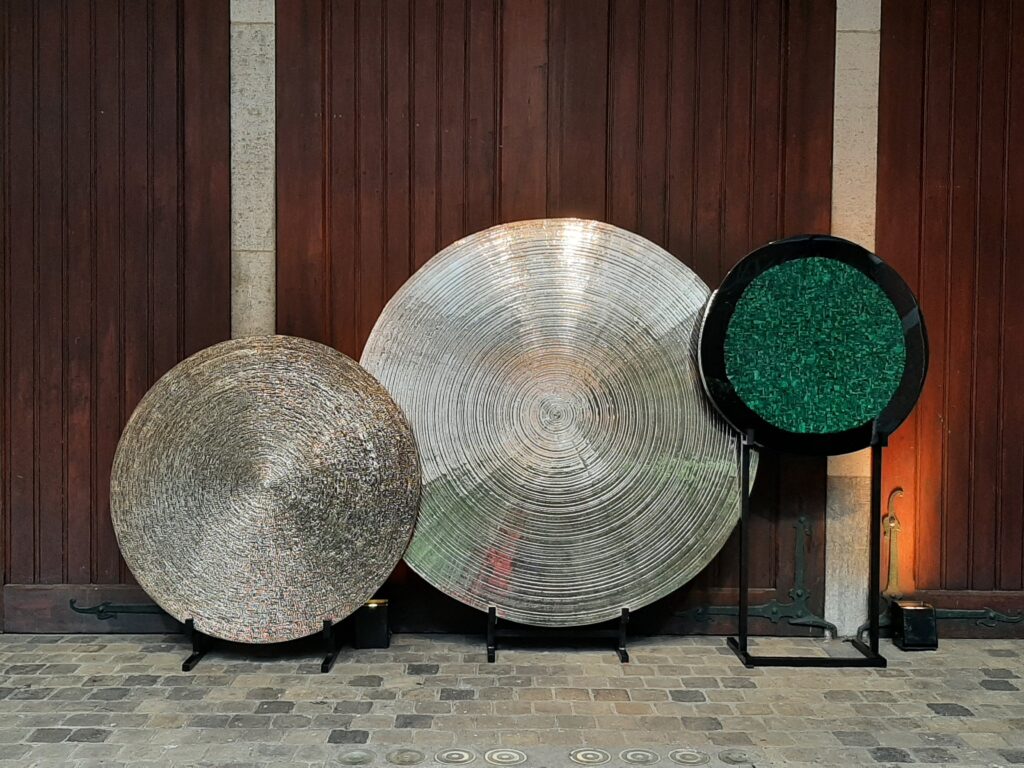
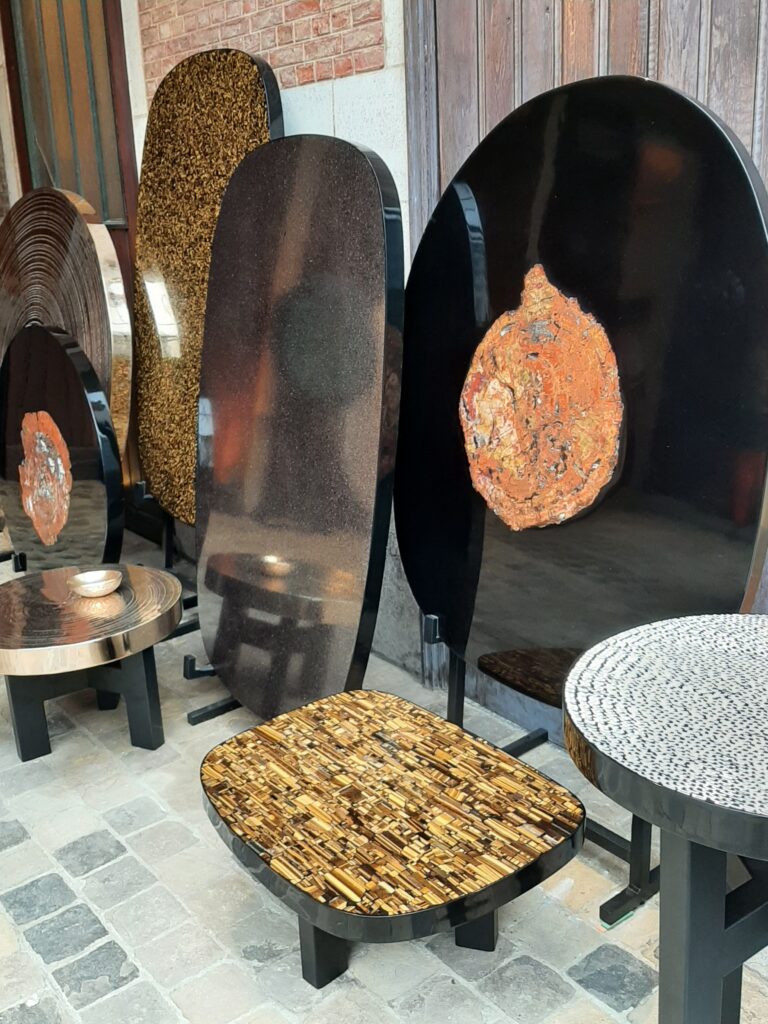
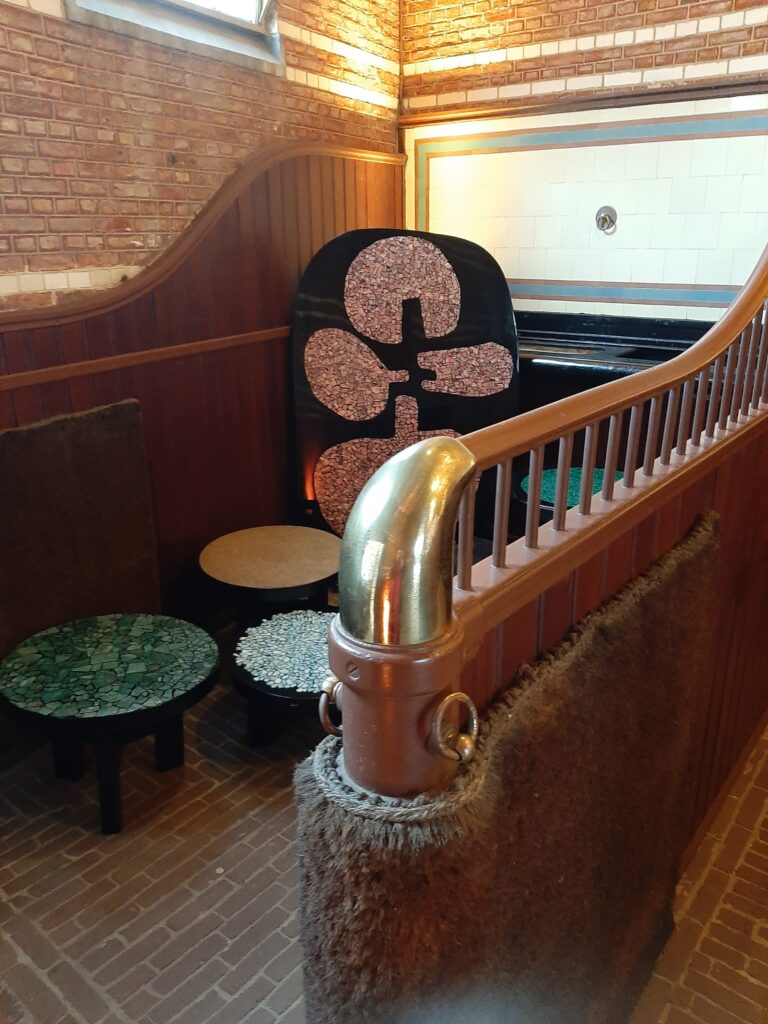
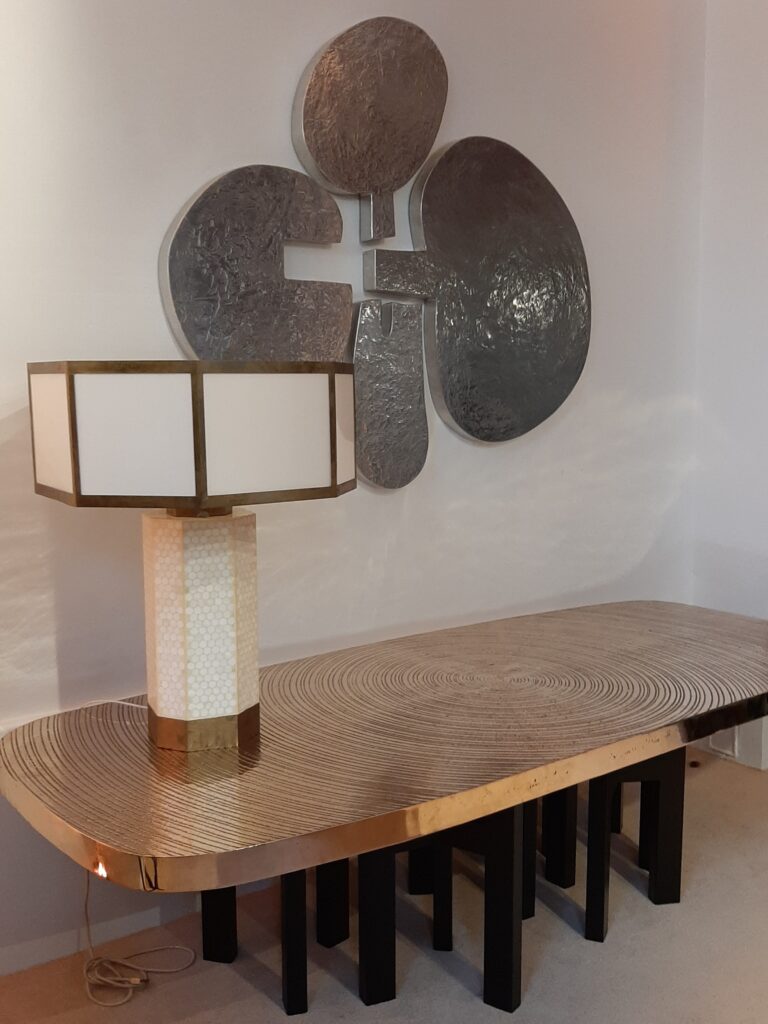
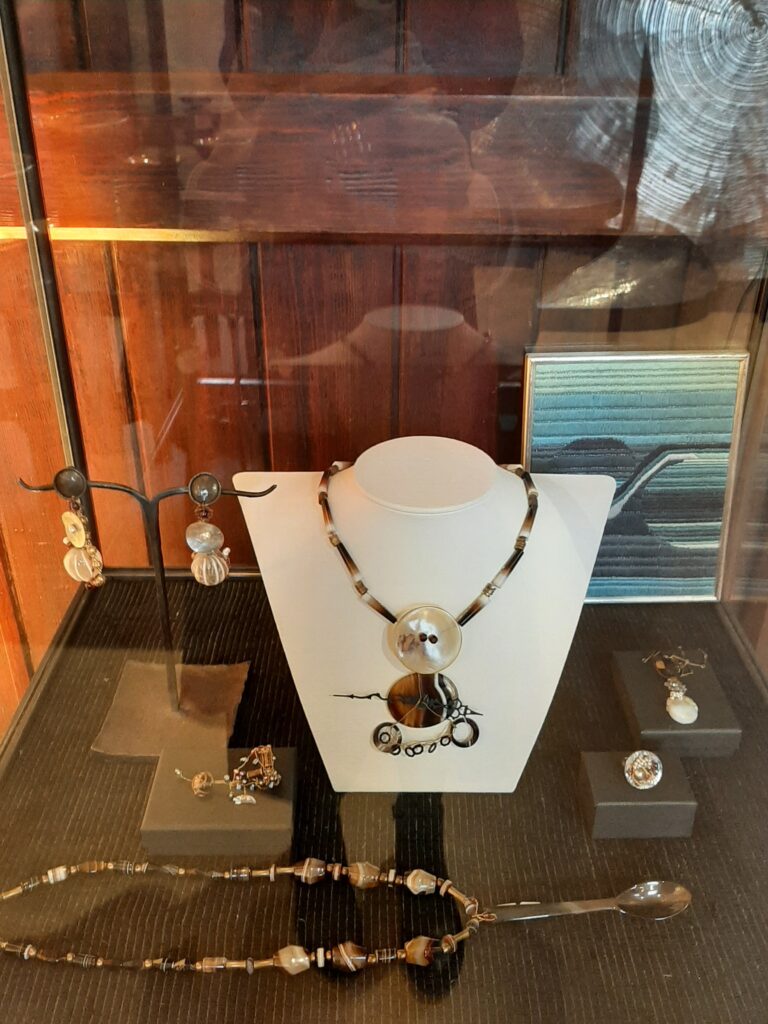
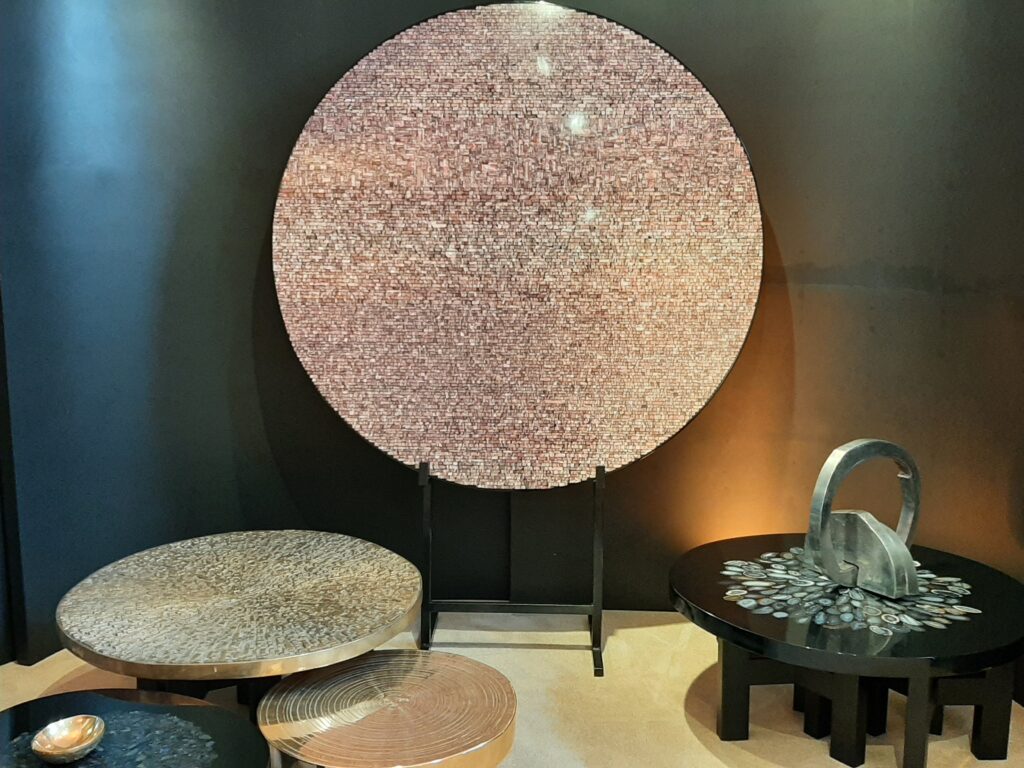
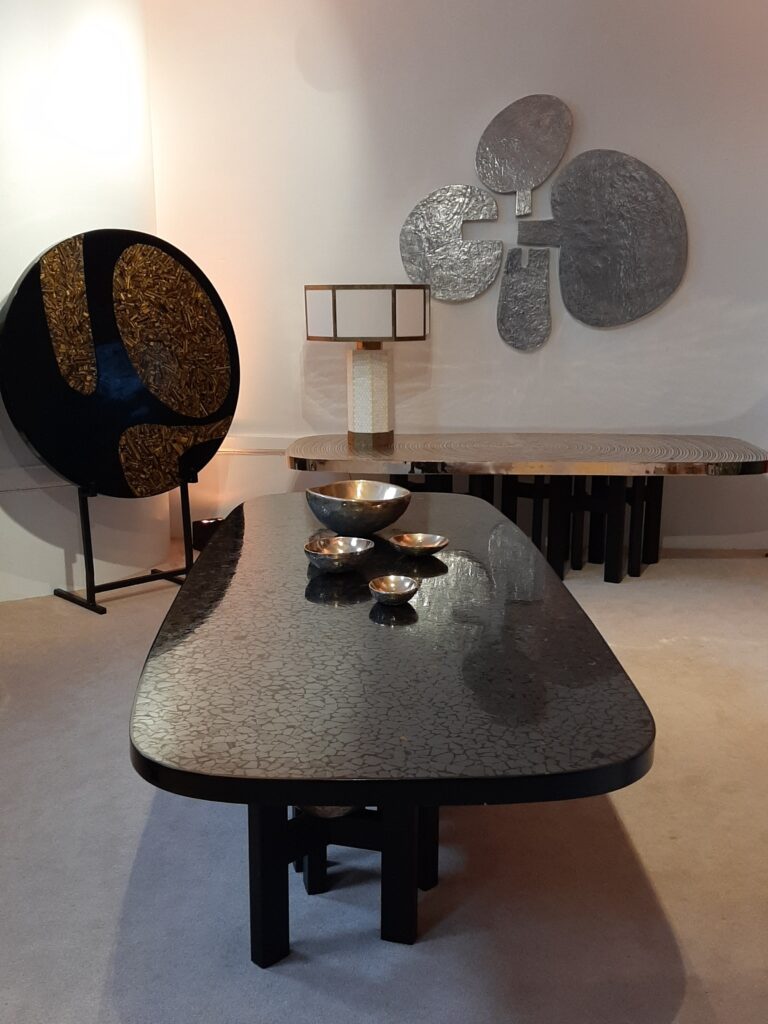
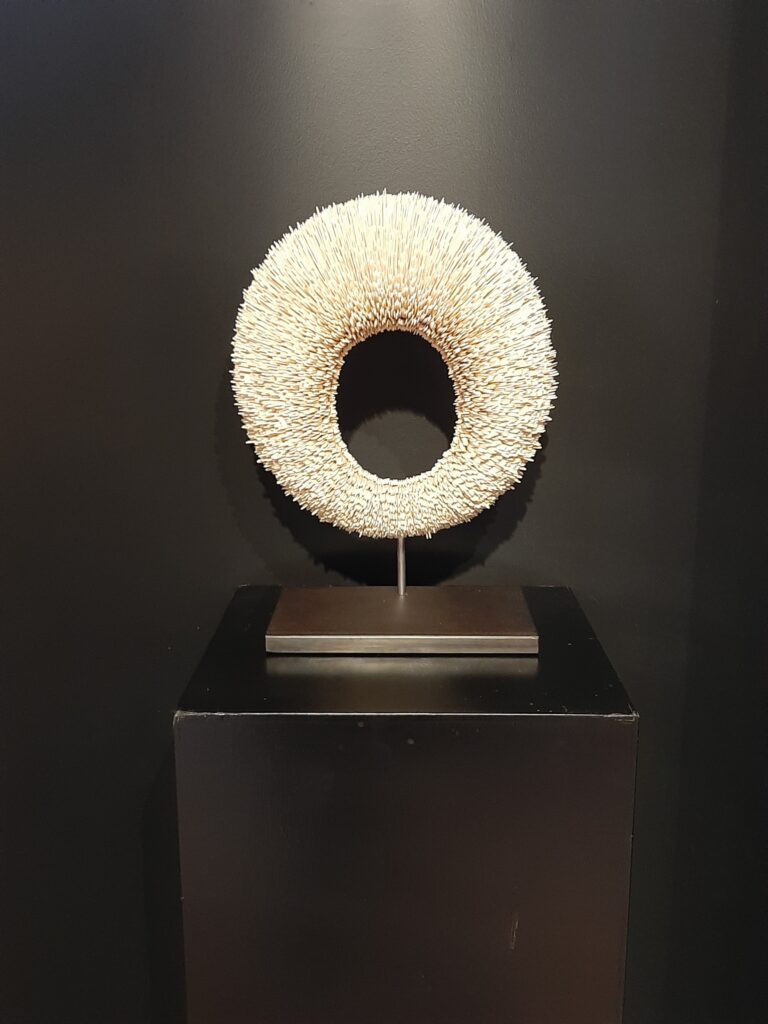

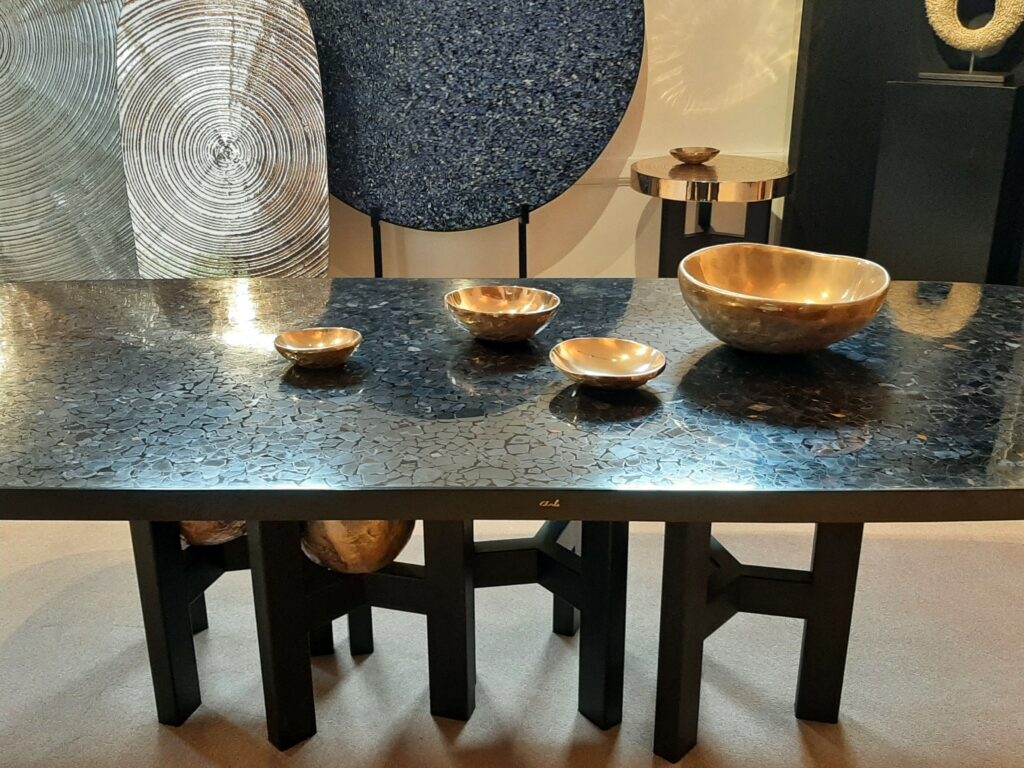
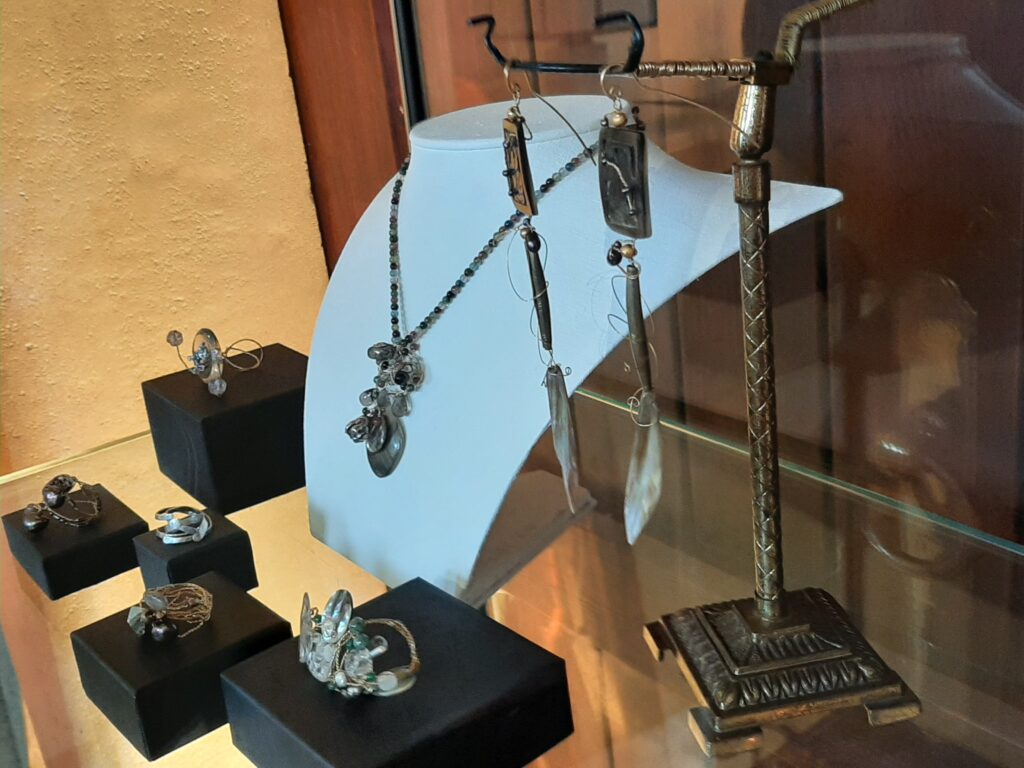
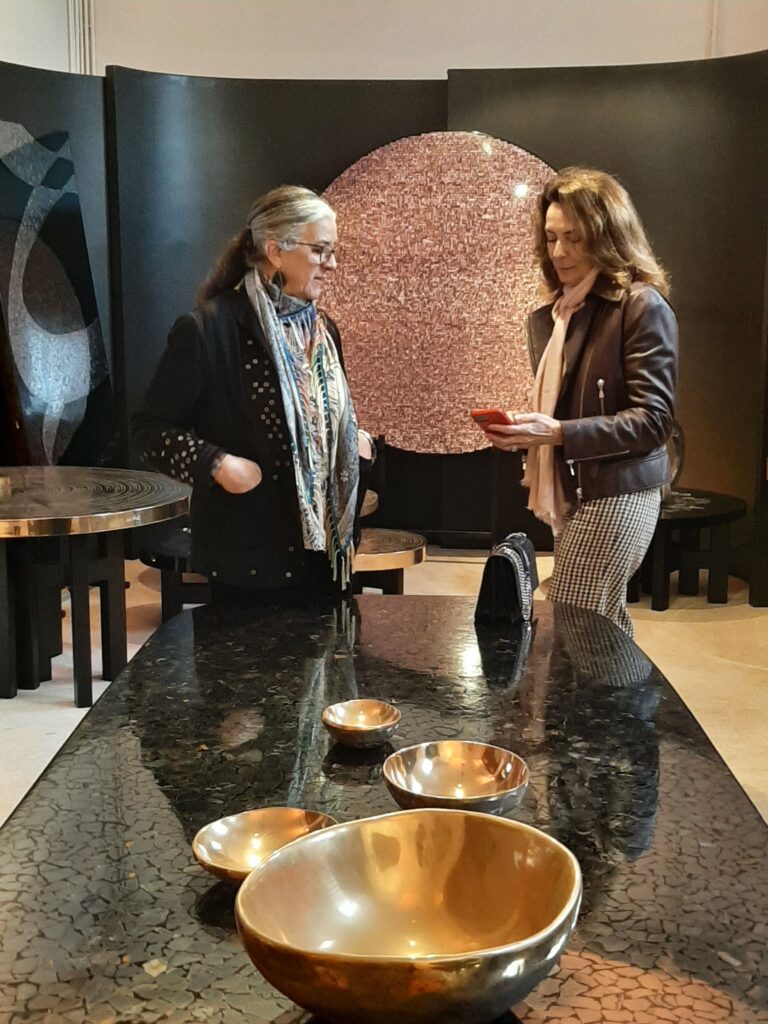
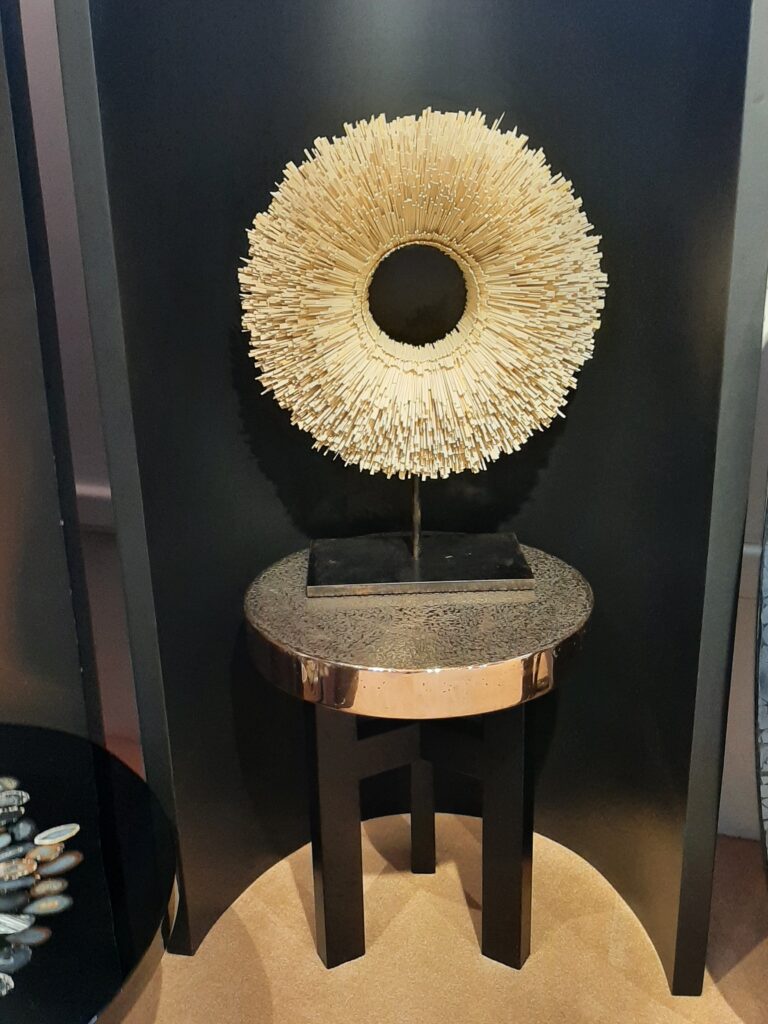
щё 13

